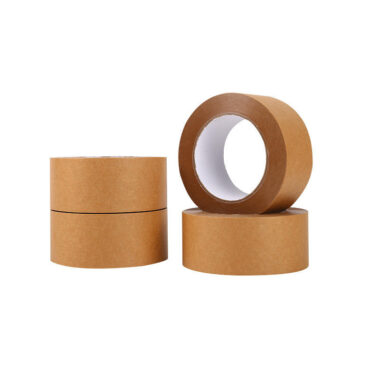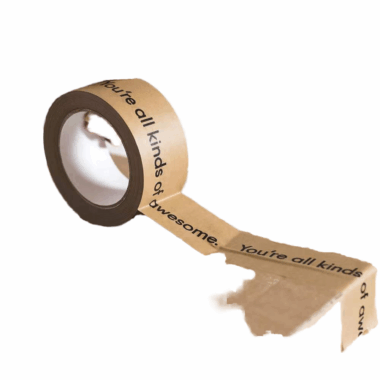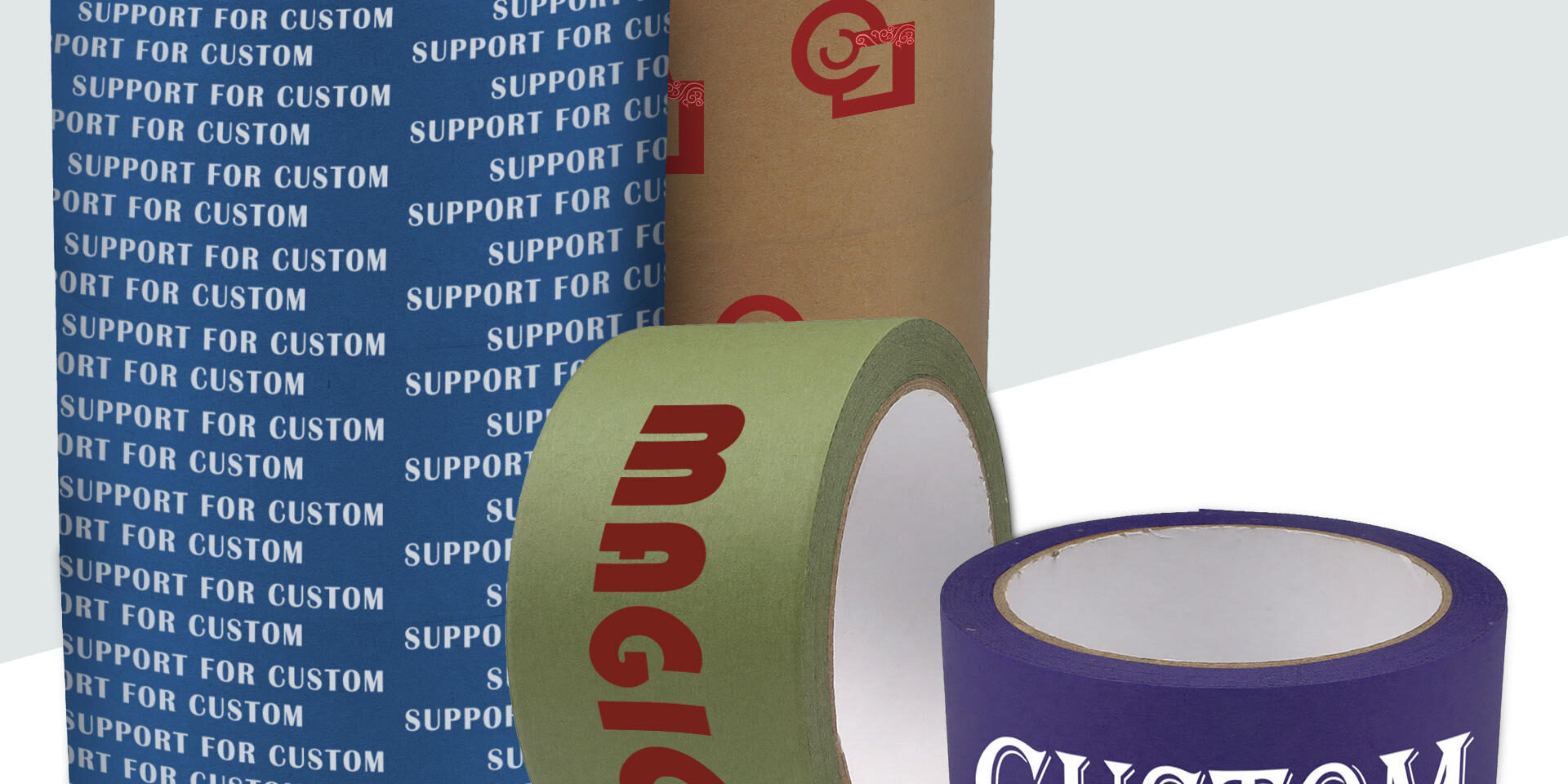Here’s a detailed outline and content draft for a blog post titled “The Environmental Impact of Printed Tape and Eco-Friendly Alternatives” — perfect for SEO and educating your audience about sustainability in packaging:
The Environmental Impact of Printed Tape and Eco-Friendly Alternatives
Introduction
Printed tape is widely used for branding, packaging security, and product presentation. However, like many packaging materials, it poses environmental challenges. In this article, we’ll explore the environmental impact of printed tape and introduce eco-friendly alternatives that businesses can adopt to reduce their carbon footprint.
The Environmental Impact of Traditional Printed Tape
1. Material Composition
- Most printed tapes are made from polypropylene (PP) or polyvinyl chloride (PVC), both plastics derived from fossil fuels.
- Production involves non-renewable resources and energy-intensive processes.
2. Non-Biodegradability
- Conventional printed tape takes hundreds of years to decompose in landfills.
- It contributes to microplastic pollution when broken down improperly.
3. Recycling Challenges
- Printed tape is often contaminated with adhesives and printing inks, complicating recycling.
- Many recycling facilities reject tape-contaminated materials, leading to increased waste.
4. Carbon Footprint
- Manufacturing, printing, and transportation of tape contribute to greenhouse gas emissions.
- Frequent tape usage in e-commerce and shipping adds up to a significant environmental burden.
Eco-Friendly Alternatives to Printed Tape
1. Paper Tape with Water-Based Adhesives
- Made from renewable paper sources and fully recyclable.
- Biodegradable and compostable, reducing landfill waste.
2. Biodegradable and Compostable Tape
- Incorporates plant-based films and natural adhesives.
- Breaks down naturally in home or industrial composting systems.
3. Recycled Material Tape
- Uses post-consumer recycled plastics or paper.
- Supports circular economy by reducing demand for virgin materials.
4. Minimalist Packaging with Tape-Free Solutions
- Using eco-friendly packaging designs that minimize or eliminate tape usage.
- Examples include fold-lock boxes or reusable straps.
Benefits of Switching to Eco-Friendly Tape
- Reduces Plastic Pollution: Less plastic waste entering ecosystems.
- Improves Brand Image: Demonstrates commitment to sustainability.
- Supports Recycling Efforts: Easier to recycle or compost packaging materials.
- Potential Cost Savings: Some eco-tape options can reduce disposal and waste management costs.
How to Choose the Right Eco-Friendly Printed Tape
- Verify certifications such as FSC (Forest Stewardship Council) for paper tape.
- Check for compostability standards (e.g., ASTM D6400, EN 13432).
- Ensure adhesive strength fits your packaging needs without overuse.
- Partner with suppliers who prioritize sustainable practices.
Conclusion
Printed tape is a small but impactful part of packaging waste. By adopting eco-friendly alternatives, businesses can significantly reduce their environmental footprint while maintaining effective branding and security. Choosing sustainable tape options aligns with growing consumer demand for greener products and supports a healthier planet.
If you want, I can help generate SEO-optimized meta title, description, and keywords for this article or write a social media snippet. Would you like that?
















